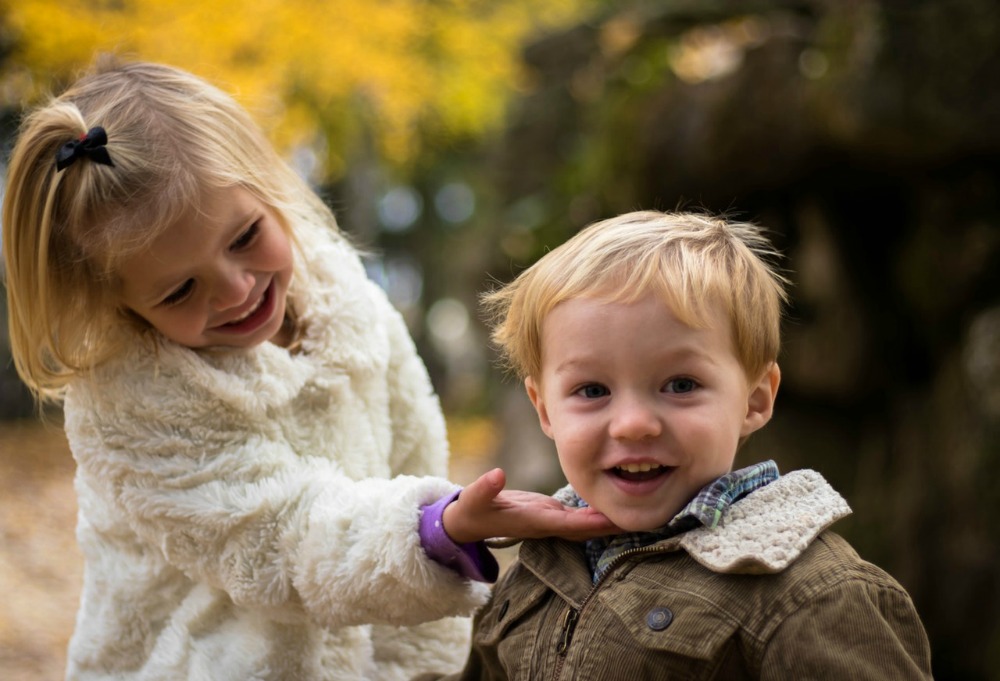In our changing world, teaching children civility is more important than ever. Civility goes beyond being polite and courteous; it involves listening to others with an open mind, disagreeing respectfully, and seeking common ground to start a conversation about differences. By teaching skills like empathy, problem-solving,and perspective taking, we can help nurture civility in our children.
Perspective taking.
Perspective taking is a critical skill for working in groups and resolving interpersonal conflicts. When children don’t stop to think about other people’s perspectives, it’s easy for them to make inaccurate assumptions about others’ intentions. And acting on these assumptions can lead to unnecessary conflict.
Here are a few ways you can teach perspective-taking skills to your child:
1. Read books together. Books are a wonderful resource for teaching perspective-taking skills, because you can take your time and ask lots of questions to help your child identify how a character might be feeling, spot the clues that reveal the character’s emotions, and discuss why the character might be feeling that way.
2. Point out someone else’s emotions. Considering how someone else may be feeling in a public or social setting helps children learn to interpret and decode other people’s emotions. Though witnessing another person’s strong emotions can sometimes be uncomfortable, it can also be a wonderful teaching opportunity.
3. Share your own emotions. Talk with your child about how you’re feeling throughout the day. You can share why you feel certain emotions, and what you can do to problem solve or resolve a situation that’s causing a difficult emotion. This experience not only helps children build their perspective-taking skills, but normalizes both positive and negative emotions and helps develop empathy.
Empathy.
Empathy—the ability to feel or understand what someone else is feeling—is the foundation for positive interpersonal relationships and healthy communication. Having empathy in tough situations helps children treat others with kindness and respect, and may also help them intervene when another child is being bullied.
Modeling and showing empathy when you interact with your child is the most effective way to teach this important skill. So when your child is having a rough day or misbehaving, make your first response an empathetic one. This might sound like:
• “It’s so hard when …”
• “Oh, no …”
• “Uh-oh …”
• “Oh, man …”
• “You look/sound … ”
Responding with empathy communicates to your child that you hear and understand him or her. When children feel heard, they’re more willing to listen, and more open to understanding and identifying with another person’s perspective.
Problem-solving.
Both bullies and their victims tend to lack problem-solving skills. Children who tend to avoid being drawn into bullying dynamics, on the other hand, are better able to recognize problems, brainstorm solutions, and make connections between their actions and consequences. The following three-step process is one you can use to help guide your child toward solving problems when they arise.
1. Listen and validate. Listen empathetically and respond to your child’s thoughts and experiences with validation. Encourage your child to tell his or her story. (For example, “Hey buddy, tell me what happened.”) Then reflect back what the child said or paraphrase with something like “It sounds like you’re ________.”
2. Help your child label emotions. It’s important that you allow your child to label his or her own feelings, instead of dictating how to feel. Listen in a way that shows you’re paying attention and taking your child seriously, and don’t dismiss any emotions as silly or unimportant.
3. Set limits while problem-solving. Set alimit on the behavior or choice your child expresses while acknowledging his or her emotions. For example, say, “It’s okay to feel/want ________, but it’s not okay to do ________.” Once the limit has been set, ask your child what he or she wanted or needed, then brainstorm together a few different ways to resolve the situation that are both safe and respectful. Help your child evaluate those ideas based on your family’s values and then let him or her choose what to do to fix the problem, try again, or try the next time the problem occurs.
Acting with civility requires children to be respectful, reflective, and self-aware. Learning the skills of perspective taking, empathy, and problem-solving helps children understand that their actions and words affect individuals as well as their entire community, encouraging them to rise up and act with civility in tough situations.
(This blog post originally appeared on the Committee For Children blog on February 24, 2017)
About the Author: Melissa Benaroya
 Melissa Benaroya, LICSW, is a Seattle-based parent coach, speaker and author in the Seattle area (MelissaBenaroya.com). She created the Childproof Parenting online course and is the co-founder of GROW Parenting and Mommy Matters, and the co-author of The Childproof Parent. Melissa provides parents with the tools and support they need to raise healthy children and find more joy in parenting. Melissa offers parent coaching and classes and frequently speaks at area schools and businesses. Check out Melissa’s blog for more great tips on common parenting issues and Facebook for the latest news in parent education.
Melissa Benaroya, LICSW, is a Seattle-based parent coach, speaker and author in the Seattle area (MelissaBenaroya.com). She created the Childproof Parenting online course and is the co-founder of GROW Parenting and Mommy Matters, and the co-author of The Childproof Parent. Melissa provides parents with the tools and support they need to raise healthy children and find more joy in parenting. Melissa offers parent coaching and classes and frequently speaks at area schools and businesses. Check out Melissa’s blog for more great tips on common parenting issues and Facebook for the latest news in parent education.



I love the call out to share your own emotions! I think many parents with good intentions try to always act as if everything’s fine but my own mom did that when I was growing up and it only taught me that everything MUST be fine…at all times. I would break out in panic when I wasn’t in control of all. the. things. Today, I try to share my emotions with my daughter when appropriate and explain how I’m working through them.
Thank you for sharing your thoughts and experience DG. Yes, it’s important that we model healthy ways of expressing emotions for our children. Responding to our children and telling them that they are “fine” just dismisses and invalidates their feelings. This encourages children to hide their emotions and can sometimes even lead to feeling anxious when having a normal emotional response. Keep up the great work and being a great model for your daughter!
hey. this is encouraging read as I deal with my 2 teenagers n my 3 yo kid. Have to start young or start at the groundwork first though. can’t just jump right into the middle of this exercises! Thank u for making me feel not alone..
Siti
I am so glad you found it helpful! I can only imagine the work you are doing as a parent of 2 teens and a toddler. Not easy work, but very important work!
Be well,
Melissa
A friend directed me to this website regarding a great book about anxiety. I decided to have a look at the rest of the site too, and this article was the first that I read.
What a fantastic article – it has reaffirmed for me the approach that I try to take (albeit with needing a few small tweaks around some of the language/word choices) and I will show it to my husband who tends to disagree with my approach as he’s a lot more ‘old fashioned’ and I want him to see the benefit in taking a kinder approach that involves listening to the children, not just making them ‘shut up’ and toe the line without ever considering their feelings.
I look forward to reading more on this site. Thank you for taking the time to write this article though, Melissa.
Hi Chelle!
I just saw your response to the article that Karen at Hey Sigmund shared. Thank you so much for taking the time to comment. Karen is amazing and shares a ton of my writing, but you can also find more on the ChildproofParenting.com website.
These are great suggestions!
We’re always working on building up emotional vocabulary. Not just in the moments when the child is experiencing a complicated emotion, but more importantly when we are reading or talking about emotions.
I’m finding that this makes the problem solving much easier.
Thanks for taking the time to respond Ari! I cannot agree with you more. The more we build our child’s EQ the easier it is to avoid and manage challenges when they arise.